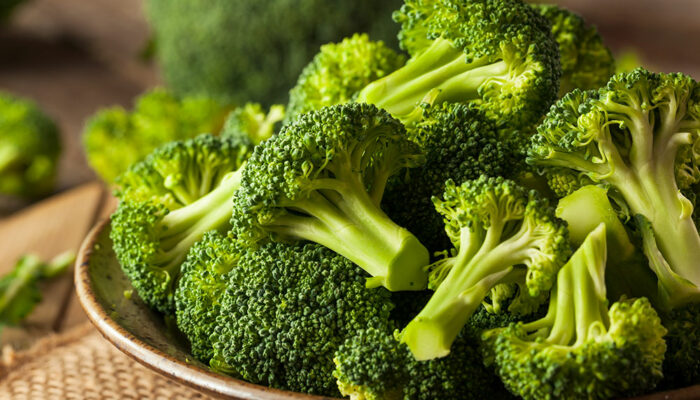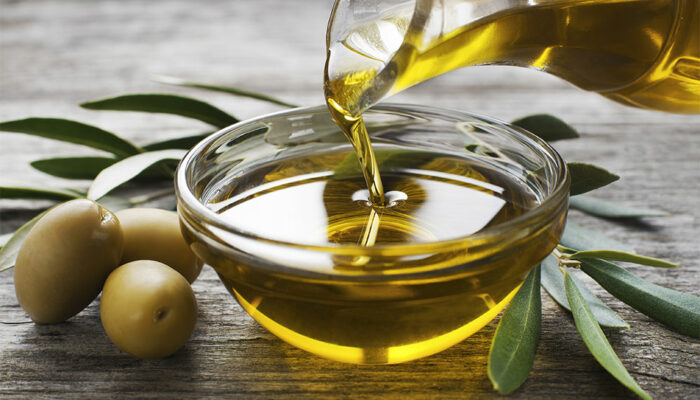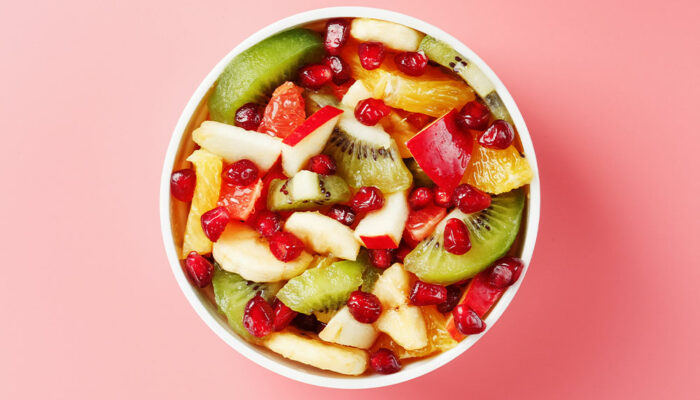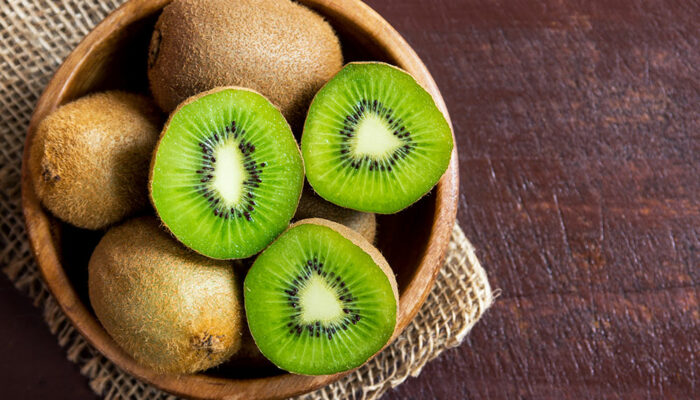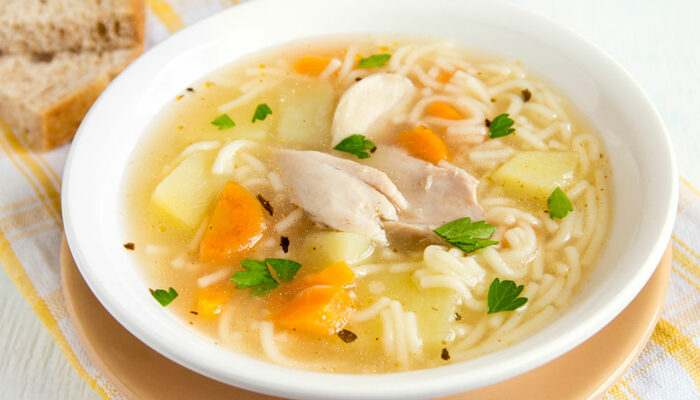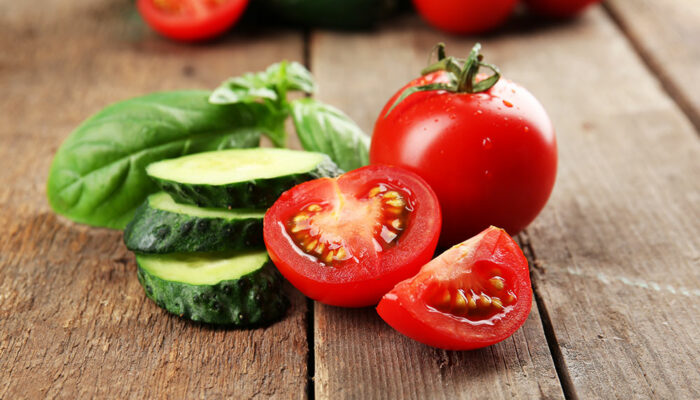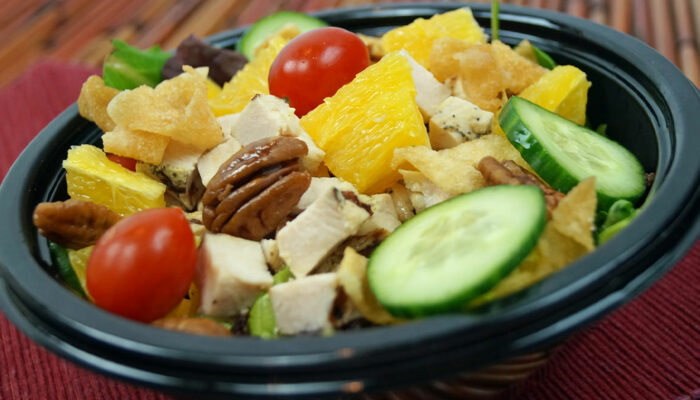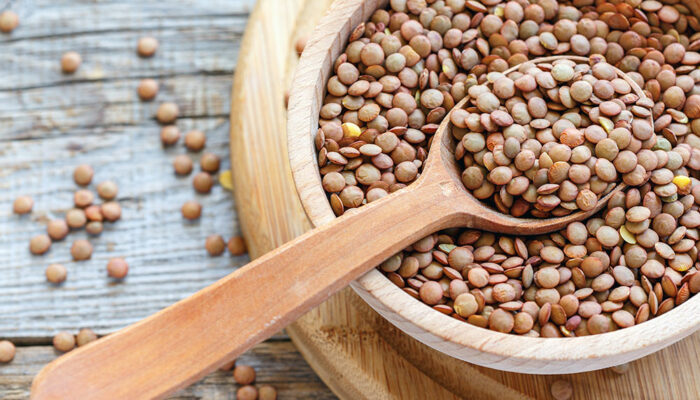
health
4 foods that help fight bladder-control issues
The bladder helps with the storage and disposal of urine. But with time, factors like age and underlying health conditions cause the bladder to perform inefficiently. Leaving the urinary system untreated can cause health conditions such as an overactive bladder (OAB), urinary incontinence, even urinary tract infection (UTI). And although incontinence products and treatments options are available, adding certain foods to your daily meals may help cope with bladder issues and improve overall health. These four foods are highly recommended for those suffering from an overactive bladder. Bananas When bowel movements are restricted, there’s an increase in pressure on the urinary tract. This pressure reduces urine flow and causes incontinence. The fibers and potassium in bananas promote healthy bowel movements and flush out the urinary tract. The fruit is also non-acidic, which means it does not irritate the bladder and makes for a balanced nutrient supply to the body. Pears Pears may taste sweet but they are low in sugar content and contain several antioxidants and fibers that are much required for the body. This fruit is also high in sorbitol, which a sugar alcohol that help pulls water into the intestines and stimulates better bowel movements. These properties make for pears a great fruit for dealing with OAB and improving bowel movements.
Read More 